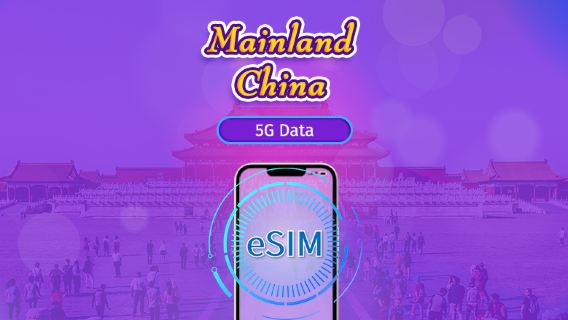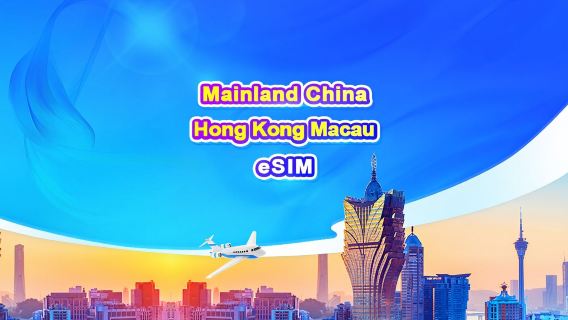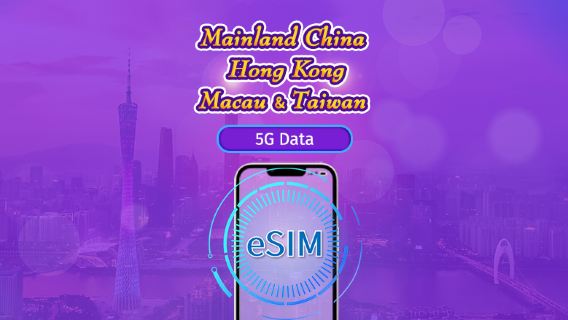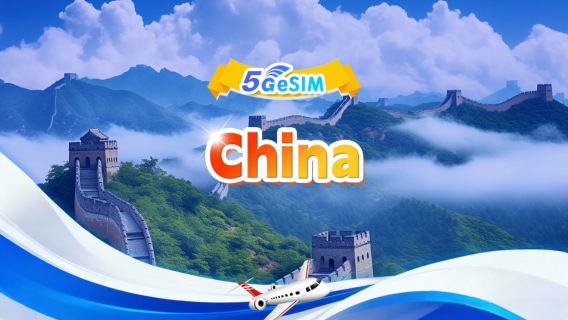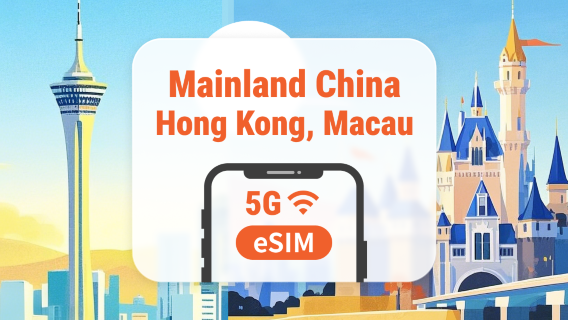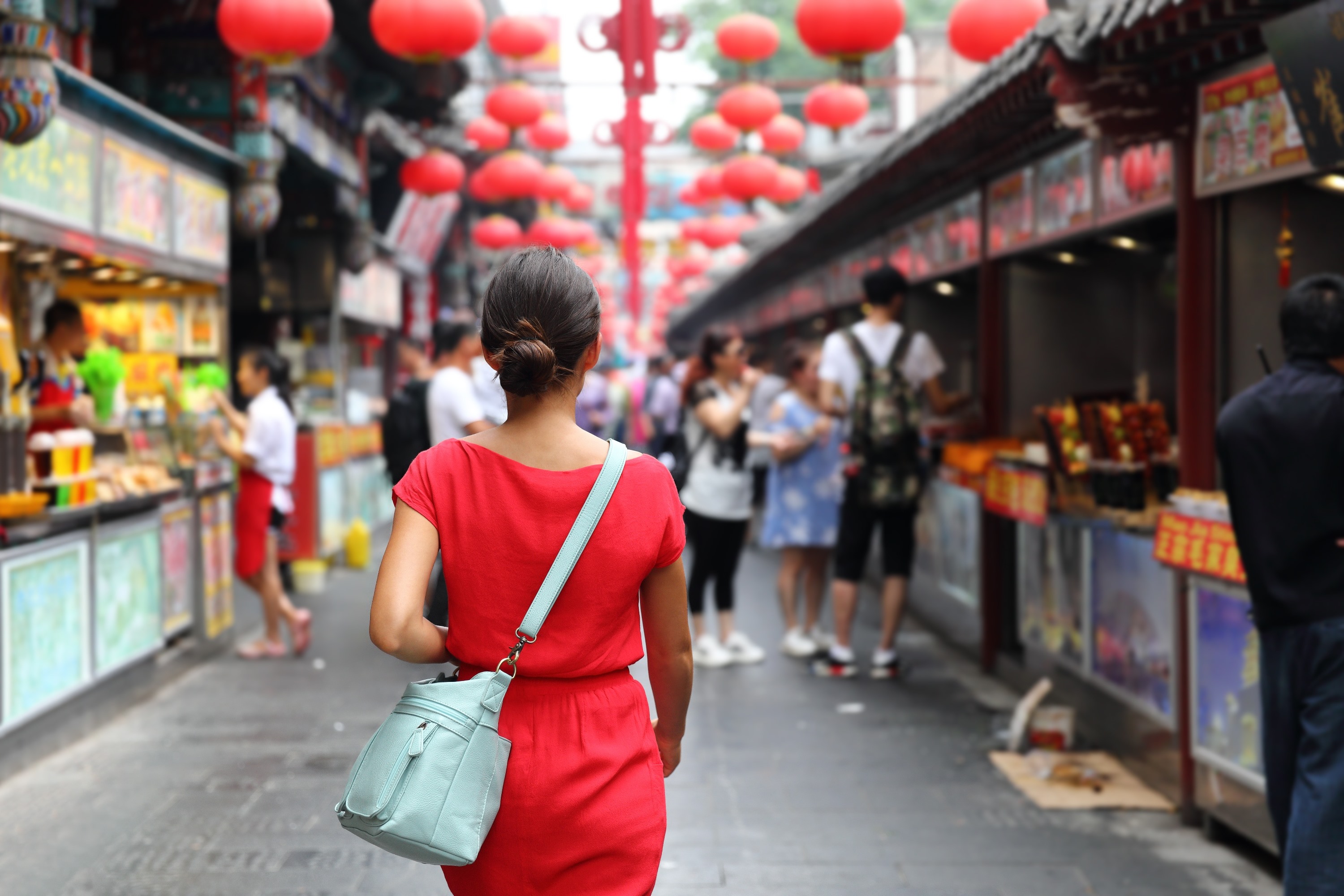
Step out onto the streets of Beijing and you’re surrounded by countless shops, markets and shopping centres. That contrast between tradition and modernity is part of the charm… but it can also be confusing.
In this Trip.com guide, we’ll show you what to buy in Beijing, which souvenirs are worth picking up, where to shop based on your budget, and practical tips for shopping without wasting time or money.
💸 Best Beijing Souvenirs for Every Budget
And of course, when it’s time to think about gifts, the first question is usually the same: what’s genuinely worth it and what’s pure filler?
Here’s the thing: Beijing has options for every budget, but the real value isn’t in spending more—it’s in choosing well. In short, you don’t need to spend a fortune to buy meaningful souvenirs in Beijing. Here’s a way to find your bearings:
Budget | Classic gift ideas | Approx. Price | Quick tip to get it right |
🪙 Affordable ideas | Chinese-themed keyrings, simple hand fans, magnets, local tea sachets | £2 – £7 | Better in markets or small shops; avoid the more touristy areas. |
🎎 Mid-range | Silk (scarves or ties), personalised Chinese seals, traditional ceramics, tea boxes | £9 – £30 | Pay attention to the finish and always ask about the origin |
💎 Premium ideas | Handmade calligraphy, paper-cut art, genuine jade jewellery, fine porcelain | From £43 | Buy from specialist shops and ask for a certificate if it’s jade |
🎁 Must-Buy Shanghai Souvenirs by Category
When you start window-shopping in Beijing, you realise one thing: there’s everything, for everyone, everywhere. The best approach is to think in categories, so you can narrow things down and avoid impulse buys.
From there, choosing souvenirs becomes much easier and, above all, more spot on.
🪡 Silk and traditional textiles
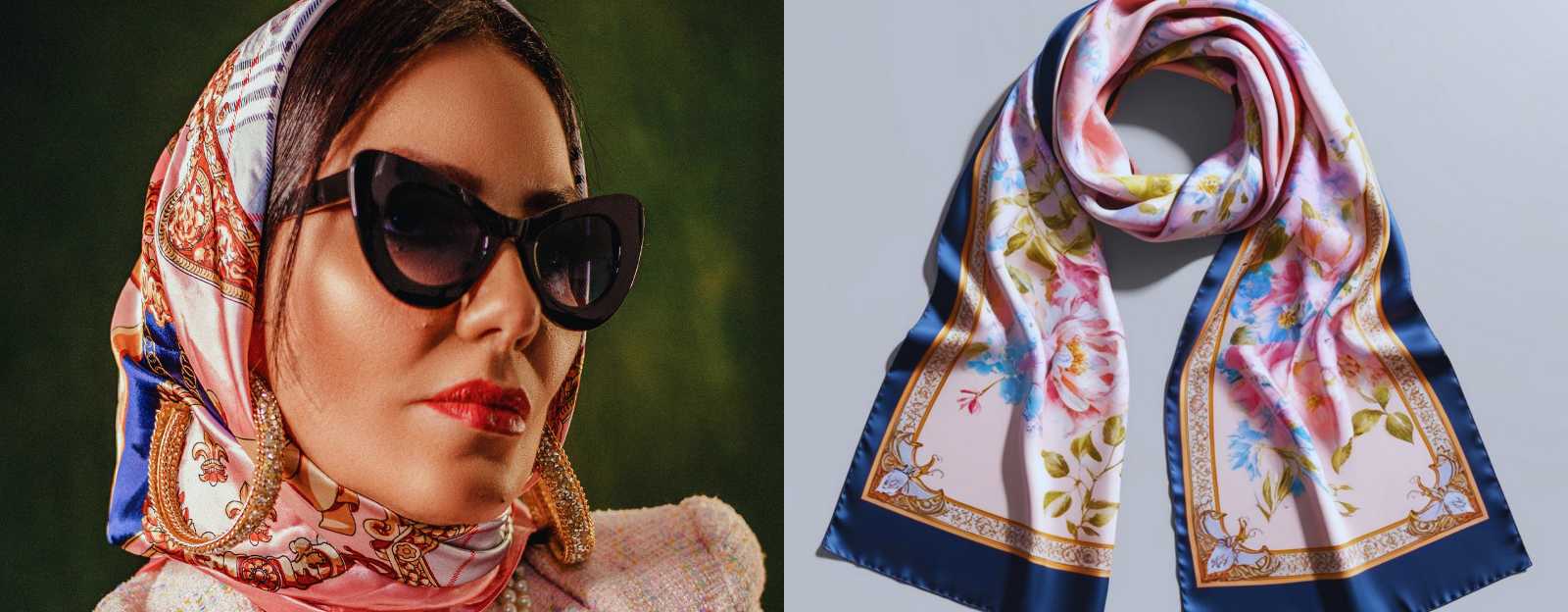
Silk is one of those timeless classics that never lets you down. Beijing has been linked to this material for centuries, so you won’t be short of options. That said, not all silk is the same, so keep your eyes peeled.
To spot quality, pay attention to the feel (it should be soft yet firm), the natural sheen, and that it doesn’t make a noise when you crumple it. There are plenty of easy-to-carry options: scarves, fine shawls or small cases.
If you want to cut to the chase, the Silk Market in Beijing is a safe bet, although it’s worth haggling and comparing a little before you decide.
🍵 Tea and gourmet products
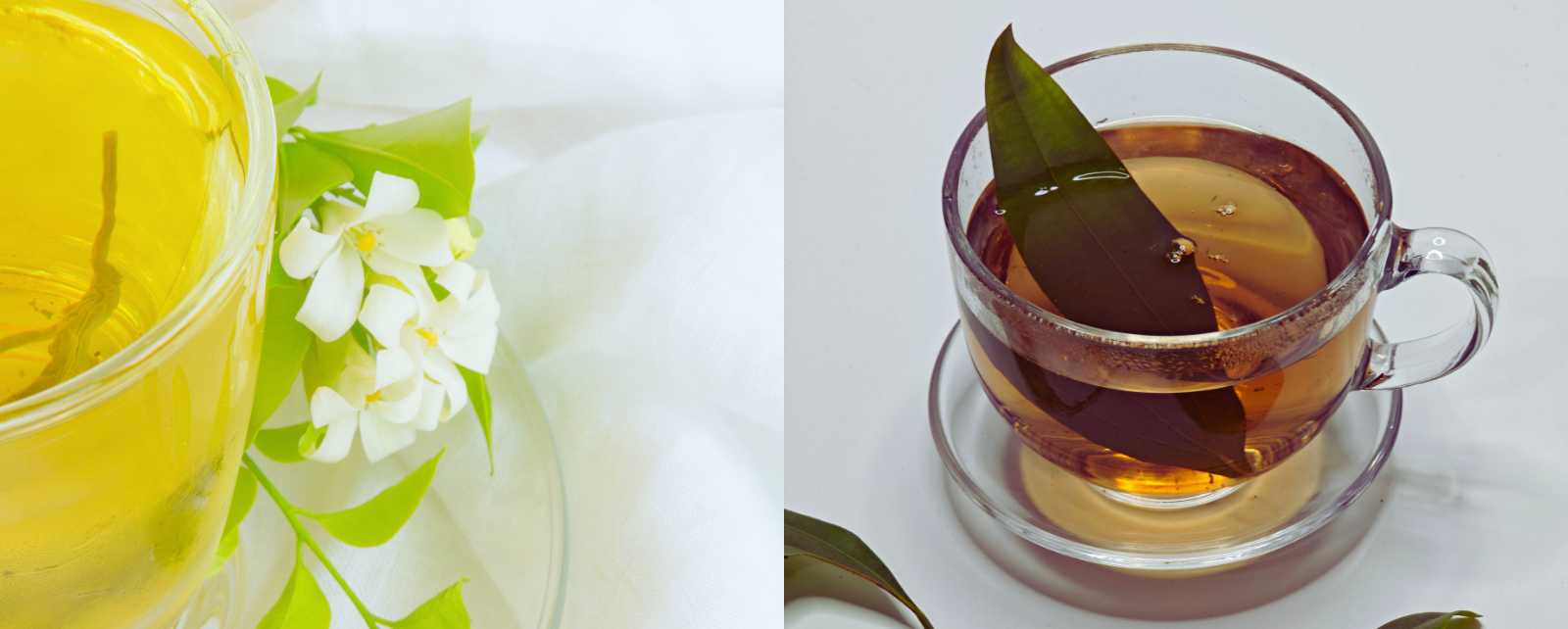
Tea is another safe bet. The truth is, in Beijing you’ll find everything from very delicate green teas to stronger varieties like jasmine and oolong. And here’s a tip: many shops let you sample before you buy, which is much appreciated.
❓ Where to look? Specialised shops and traditional markets are usually a better option than ultra-touristy stalls.
When it comes to formats, go for tins or vacuum-packed pouches. Put simply: practical and easy to pop into your suitcase, no fuss.
🏺 Handicrafts and decorative objects
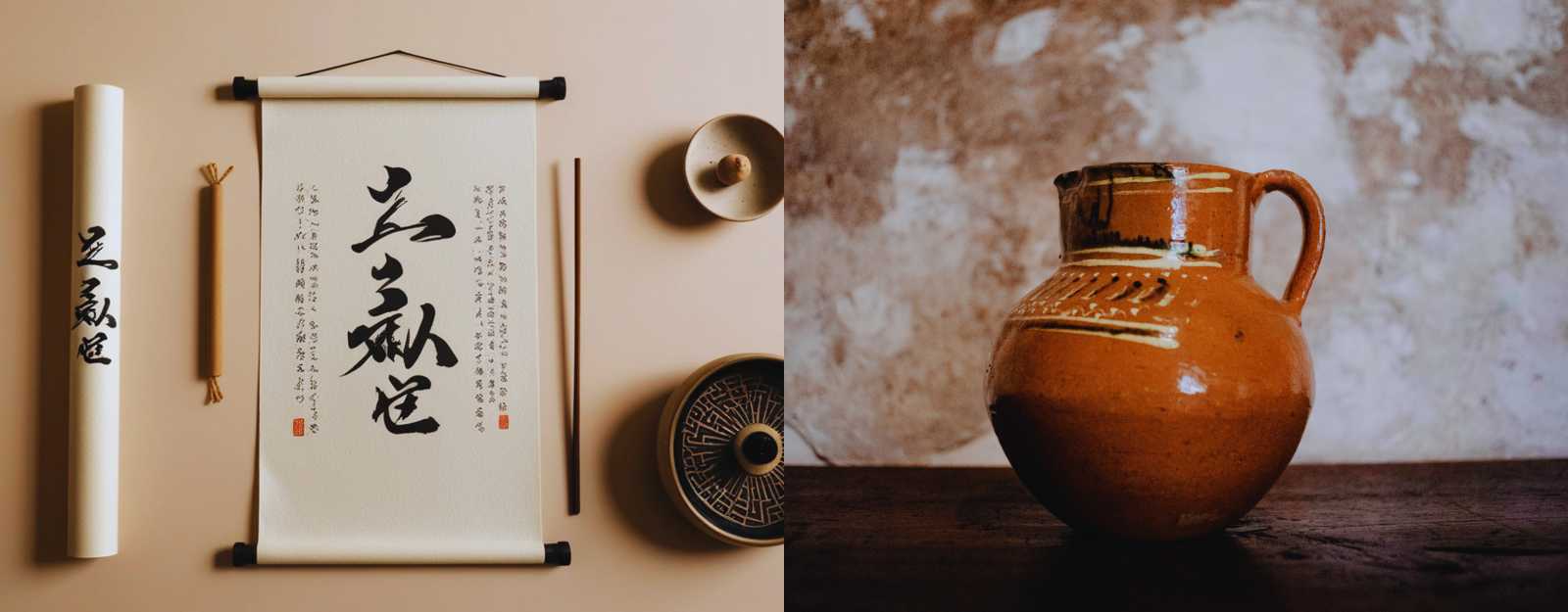
The range here is vast. From porcelain figurines and lacquerware to paper cut-outs and small calligraphy pieces. That said, not everything is authentic, even if it looks it. There are lots of items designed purely for decoration, which isn’t a bad thing, but it’s worth knowing.
💡 Here's the trick: always ask about the process and the origin. If they explain something specific, it's usually a good sign.
And, by the way, if it’s fragile, check the packaging carefully so you don’t get any surprises later.
💎 Antiques and curiosities
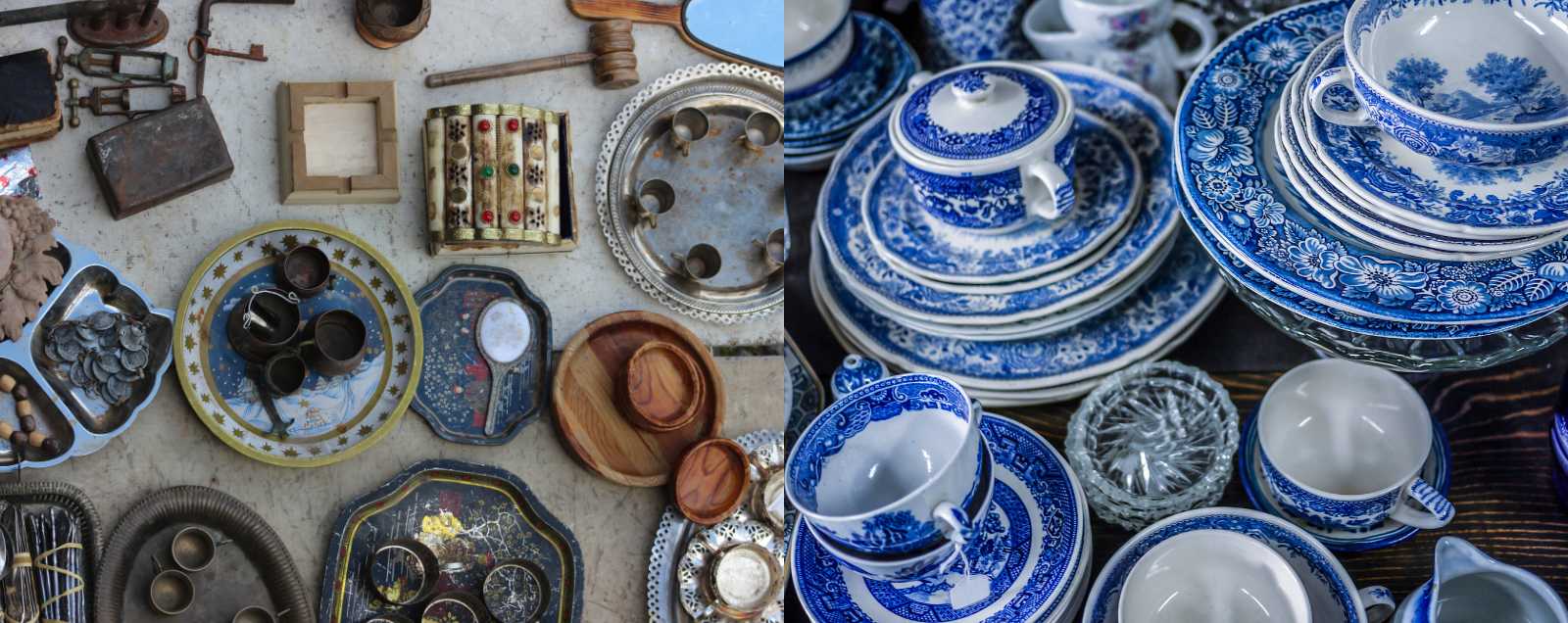
It’s a delicate area, but a fascinating one too. The thing is, in Beijing there are markets where items with history mingle with purely decorative pieces. Let’s be honest: genuine antiques are expensive and hard to identify if you don’t know what you’re looking at.
Even so, it’s worth taking your time to browse, especially at Beijing’s antique market, where you can find old coins... and more besides, through to curiosities with a vintage feel.
📱 Get your instant China eSIM with 5% off
🎡 Get 5% off & save up to £2 on your first Beijing Attractions & Tours booking! 👇
🕶️ Buying Knock-offs in Beijing: What to Look For and Where to Shop
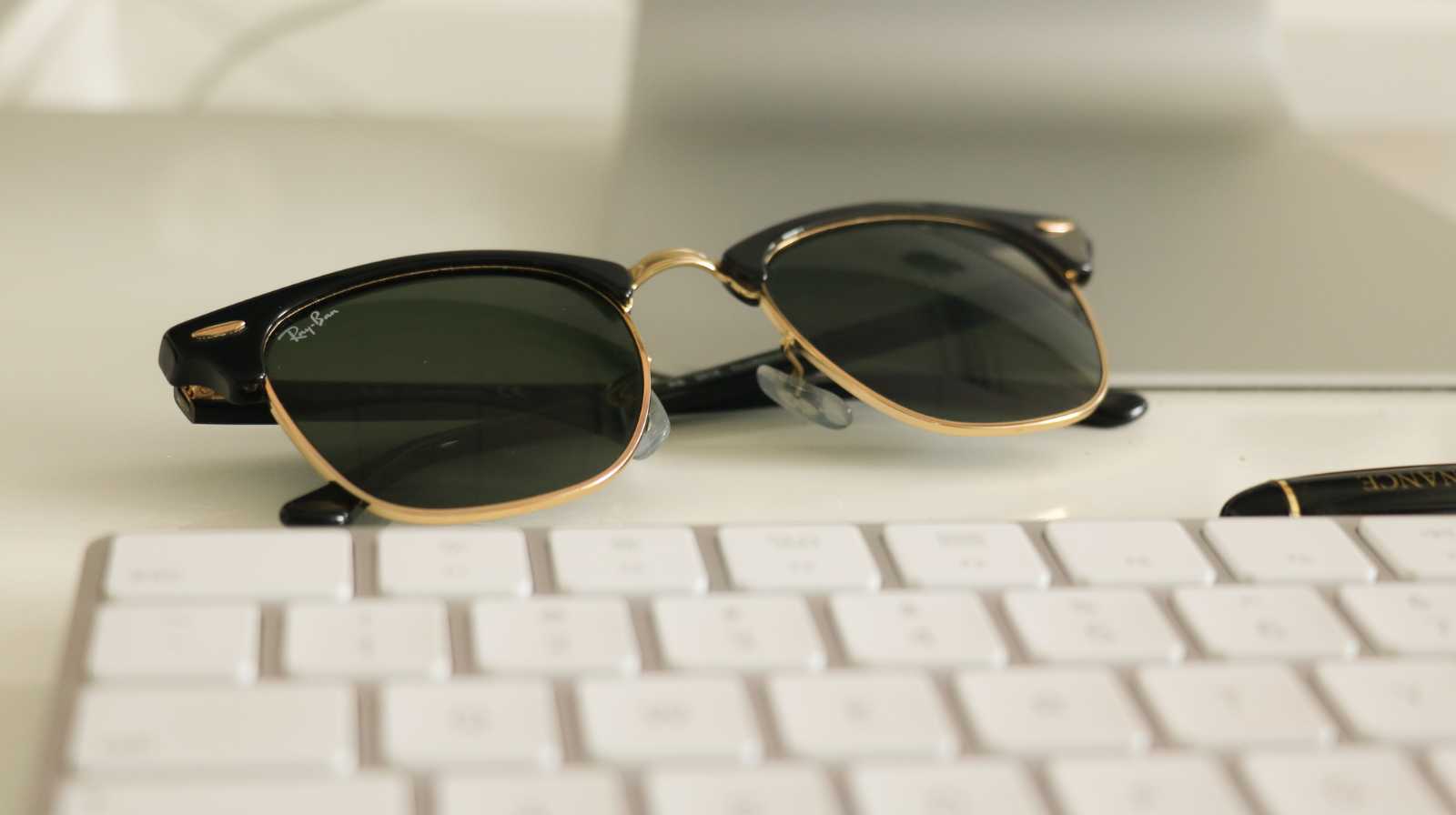
Buying knock-offs in Beijing is quite common among travellers, mainly because the selection is vast and right out in the open. The thing is, not everything is worth it and not everything is the same. Some replicas are impressively convincing, while others—let’s be honest—give themselves away from a mile off. That’s where it pays to use your head so you don’t end up disappointed.
To start with, the most common products are handbags, trainers, watches and sunglasses. Famous brands galore: Louis Vuitton, Gucci, Nike, Adidas, Rolex, Ray-Ban… the usual suspects you’ll see repeated a thousand times. That said, the differences in quality are huge. Some imitations are well finished, with decent materials and thoughtful details. Others, by contrast, are pure plastic and only last long enough for the photo.
Here’s the trick: look at the stitching, logos and the product’s weight, and, if you can, compare a few stalls before you decide.
📌 Where do people usually go? The best-known market for imitation goods in Beijing is the Silk Market (Xiushui), although there are also shopping centres and smaller markets selling the same items, sometimes even cheaper.
That said, a word of warning… The starting price is almost never the final one. Haggling is part of the game and, let’s be honest, if you accept the first price, you’ll be overpaying. As for basic precautions, here’s one to keep in mind: don’t buy large quantities or bulky items if you’re short on luggage space.
Also, it’s best to pay in cash and check carefully what you’re given before leaving the stall.
🏮 Shopping in Beijing's Markets
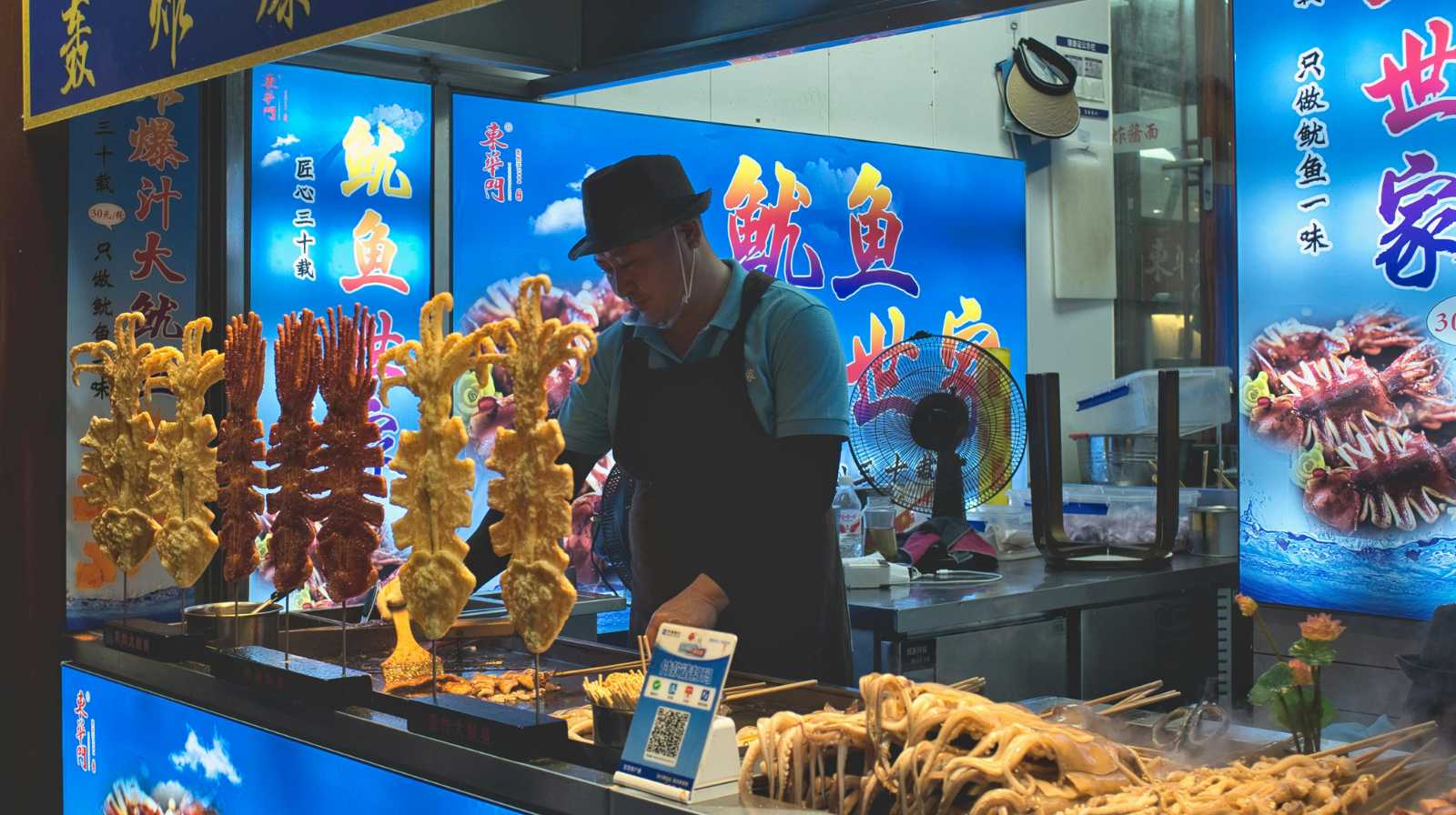
Market-hopping in Beijing is almost a must-do. The thing is, they’re as much a part of the trip as the temples or evening strolls. With so many stalls, lights and persistent vendors, it’s easy to lose your bearings.
And that’s where it pays to keep your wits about you, because Beijing’s markets are full of genuine bargains… and the odd textbook scam.
Let’s take it step by step, so you can enjoy the experience:
- Haggling: To begin with, assume the first price is almost never the real one. Let’s be honest, it’s just the starting point. It’s normal to offer between 30% and 50% less and see how the vendor reacts.
- Bargain price vs. suspicious price: we need to say one thing here. If something is ridiculously cheap, be sceptical. Not everything is perfect and, sometimes, what looks like a steal ends up being poor quality.
- Check the product—no need to be shy: before you pay, give a thorough once-over to what you’re taking home. Seams, zips, labels, finishes… it all counts. Seeing it hanging up is one thing; holding it in your hand is quite another. If you’re unsure, ask to see another just like it. Don’t worry, they’re used to it.
💡 Trip.com tip: Always carry some cash with you, as many markets only accept cash.
📱 Beijing App: Shopping and Useful Tools
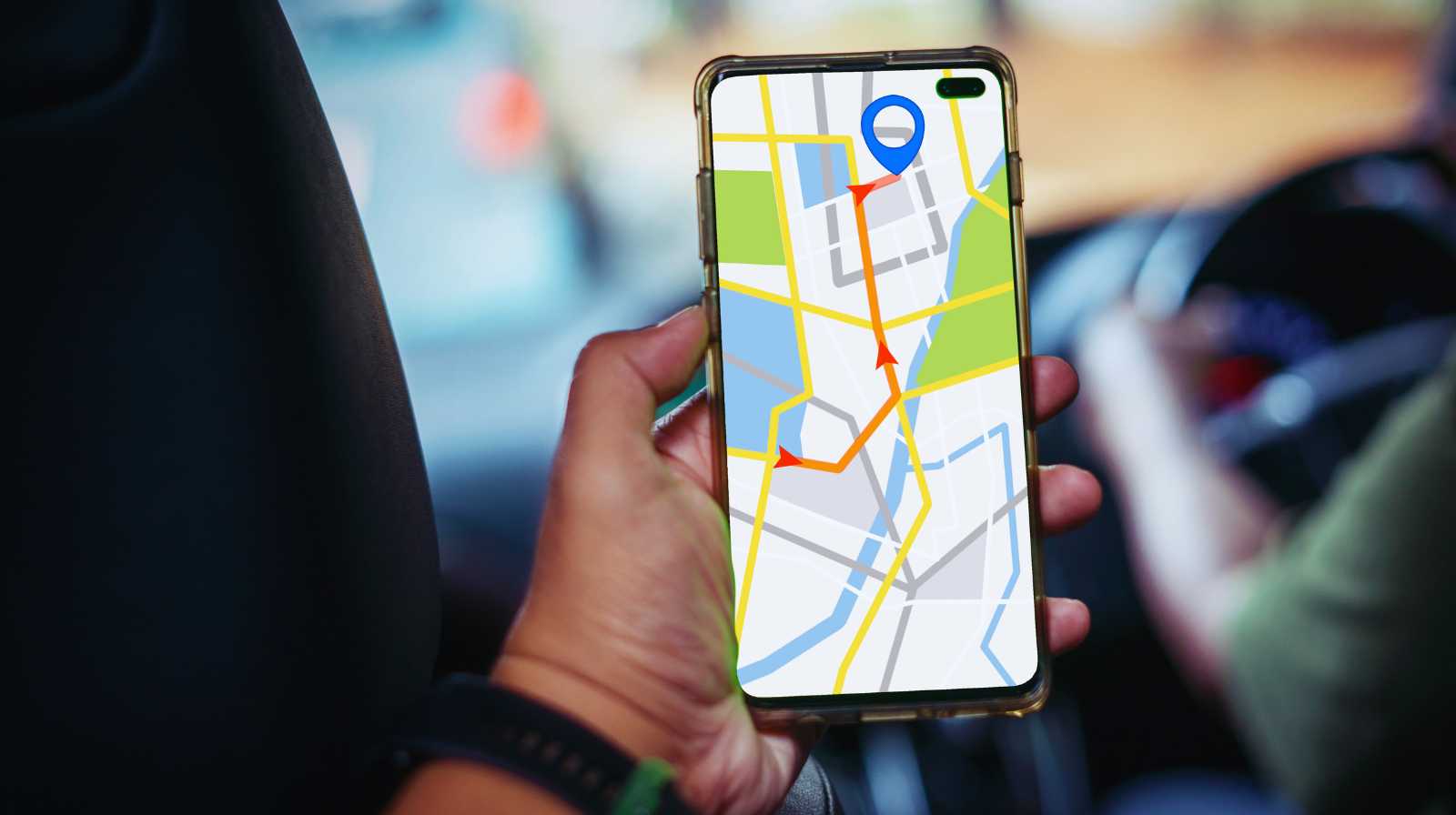
And of course, these days getting around Beijing without apps is just making life harder for yourself. The thing is, many of the usual ones only partially work, so you’ll need to adapt a bit and rely on local tools.
With this, shopping and getting around become a lot easier.
To translate with the camera:
- Pleco: basic. Point it at a sign, a label or a menu and you’ll get a clear idea straight away. It’s not perfect, but it more than does the job.
- Baidu Translate: works well within China, and photo translation is usually more stable than other options without a VPN.
For maps and getting around without getting lost:
- Amap (Gaode Maps): spot-on for the metro, with exact exits and shopping areas.
- Baidu Maps: useful if you’re looking for markets or specific addresses. Google is pretty limited here, to put it plainly.
To scan labels and codes:
- WeChat isn’t just for chatting. You scan product QR codes, access extra info and mini apps used by many local shops. And heads up: you’ll see this a lot in cosmetics and food.
To pay:
- Alipay and WeChat Pay: these two are essential. You can pay by QR code almost anywhere, even at small stalls. If you can, set them up as soon as you arrive and forget about cash.
Use a China eSIM to check prices, find shops, use maps and make mobile payments without relying on public Wi-Fi.
🏬 Best Shopping Areas in Beijing
In Beijing, shopping isn’t the same everywhere—the city is enormous, and each area has its own vibe.
The thing is, knowing where to shop in Beijing saves you time, money and the odd unnecessary trek. There are areas geared towards tourists, others steeped in history, and some that are more modern.
🏮 Wangfujing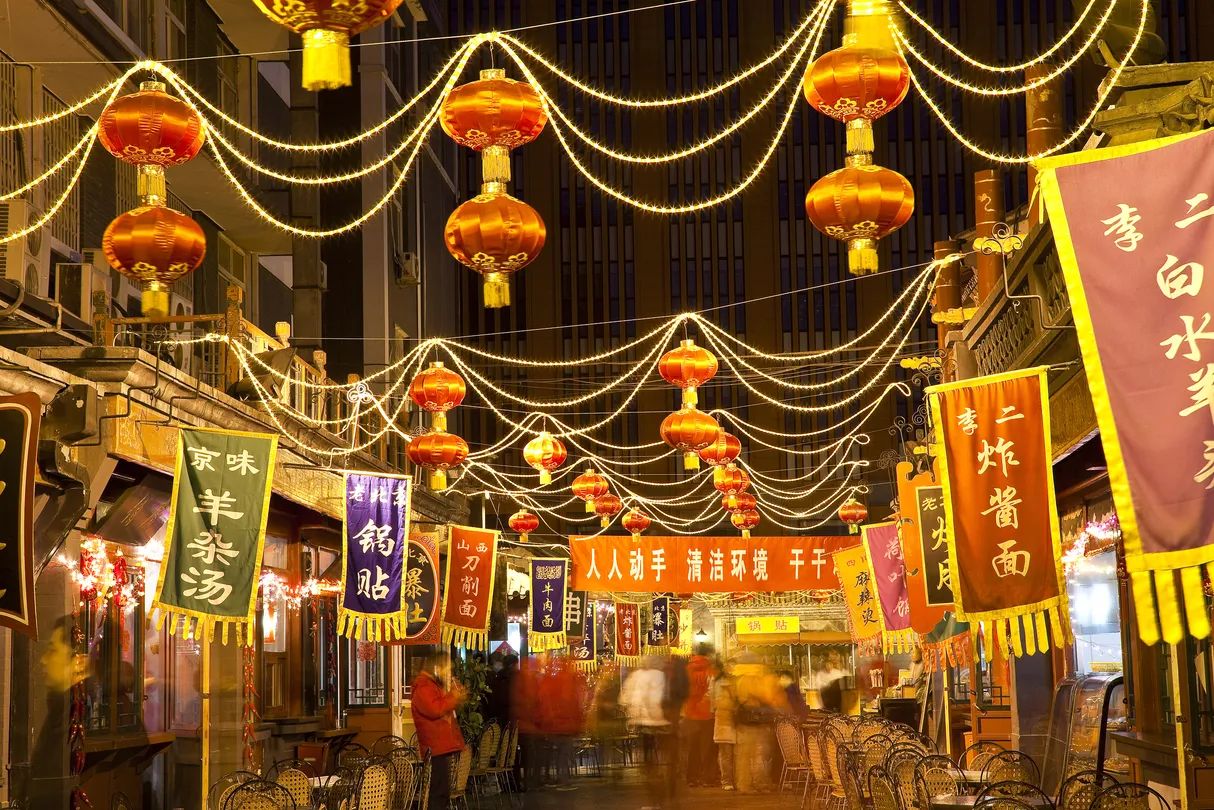

To kick things off, Wangfujing is almost always the first stop. Here you’ll find a bit of everything: classic souvenirs, intriguing local snacks, international brands and huge shopping centres like Beijing apm or Dongan Market.
Plus, the famous Wangfujing Snack Street is perfect for browsing and trying different things, even if it’s just for the atmosphere.
📍 It's right in the heart of the city, with excellent metro links.
Let’s be honest: it’s touristy, but if you want to pick up souvenirs in Beijing without any hassle, it’s a great first stop.
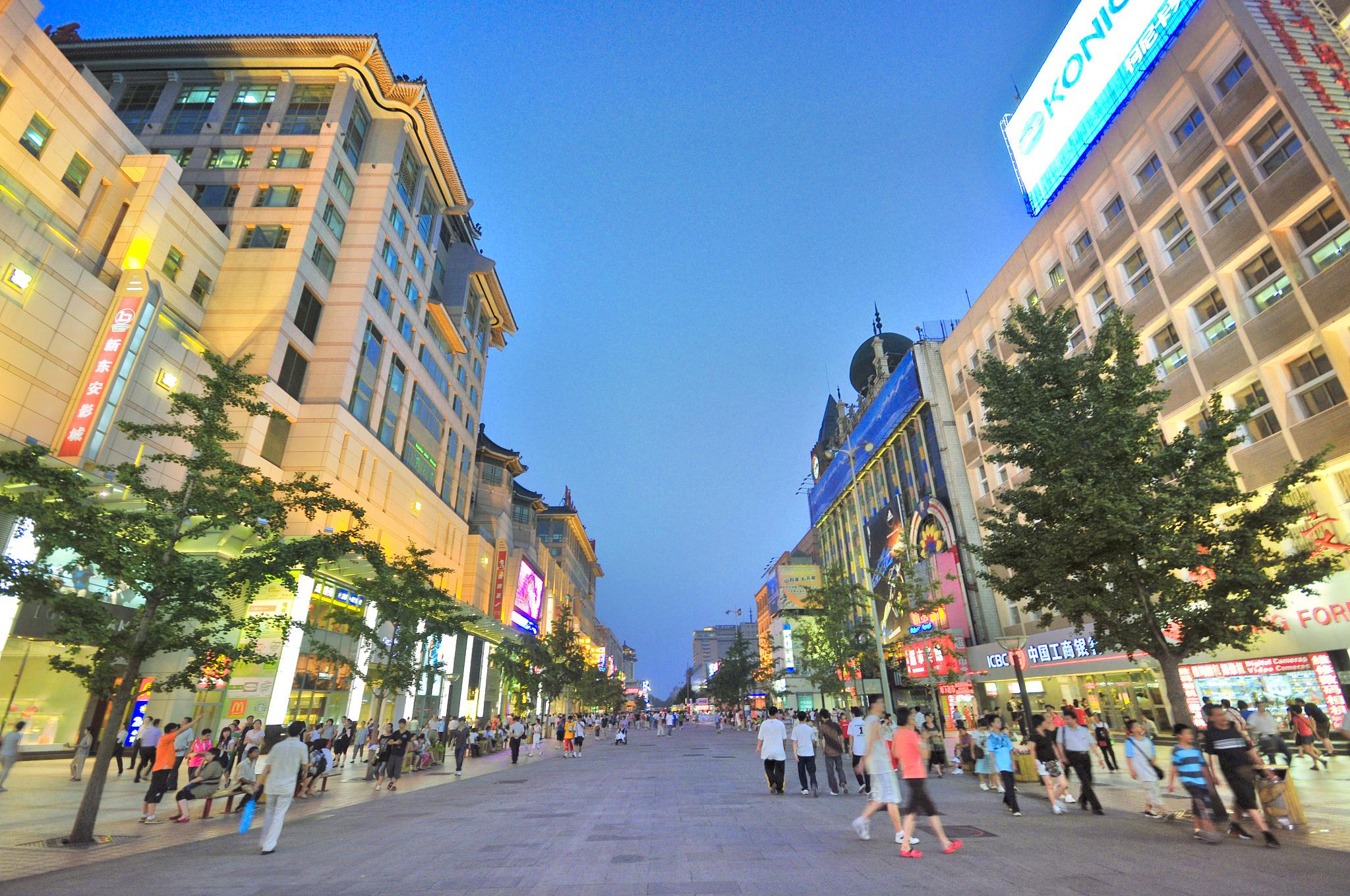
💡 Stay close to main shopping areas like Wangfujing, Qianmen or Sanlitun to save time and travel costs.
🧧 Qianmen and Dashilan
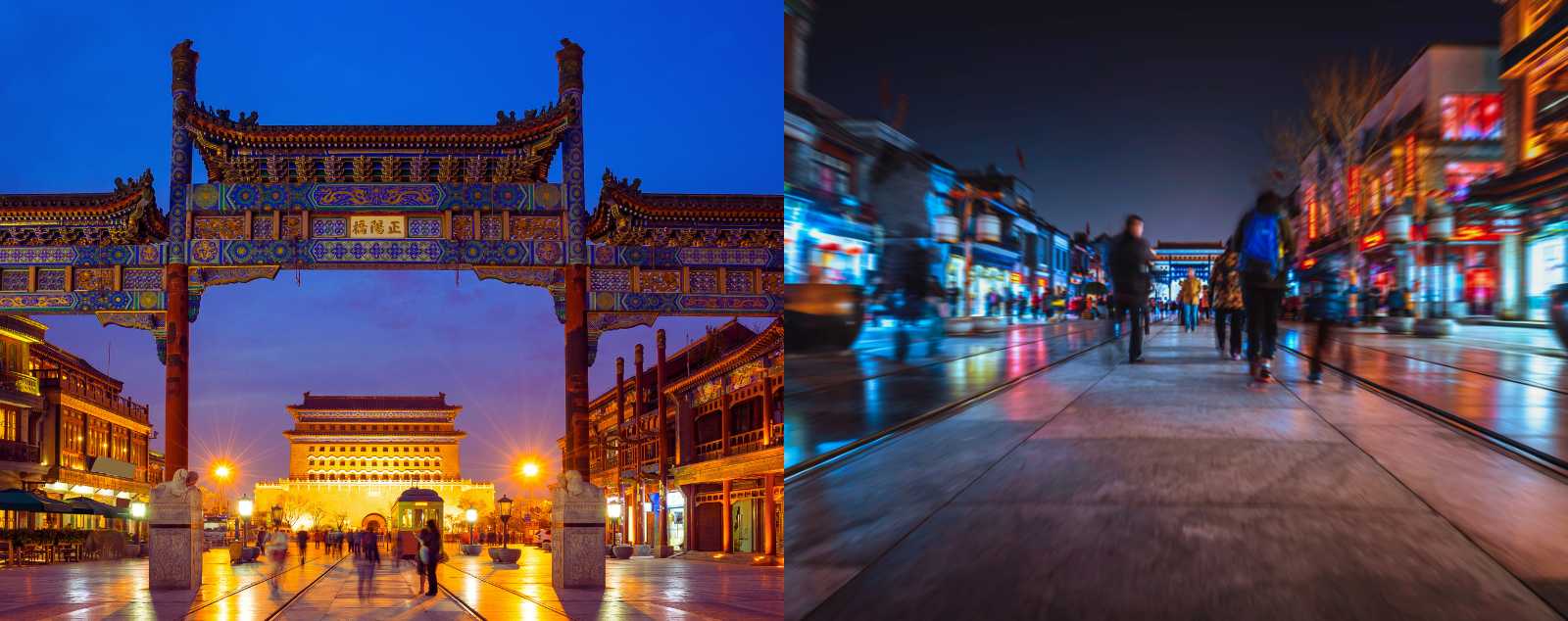
Here, the pace changes. Restored historic streets, century-old shops, and an unmistakable sense of old Beijing. Truth be told, it’s one of the best areas to find Chinese handicrafts, silk, tea, or traditional footwear with real local character.
📍 It is located south of Tiananmen Square.
That said, not everything is perfect. Some prices are a little higher, but of course you’re also paying for the experience. If you’re after souvenirs with a story and less ‘made for tourists’, this area is well worth a visit.
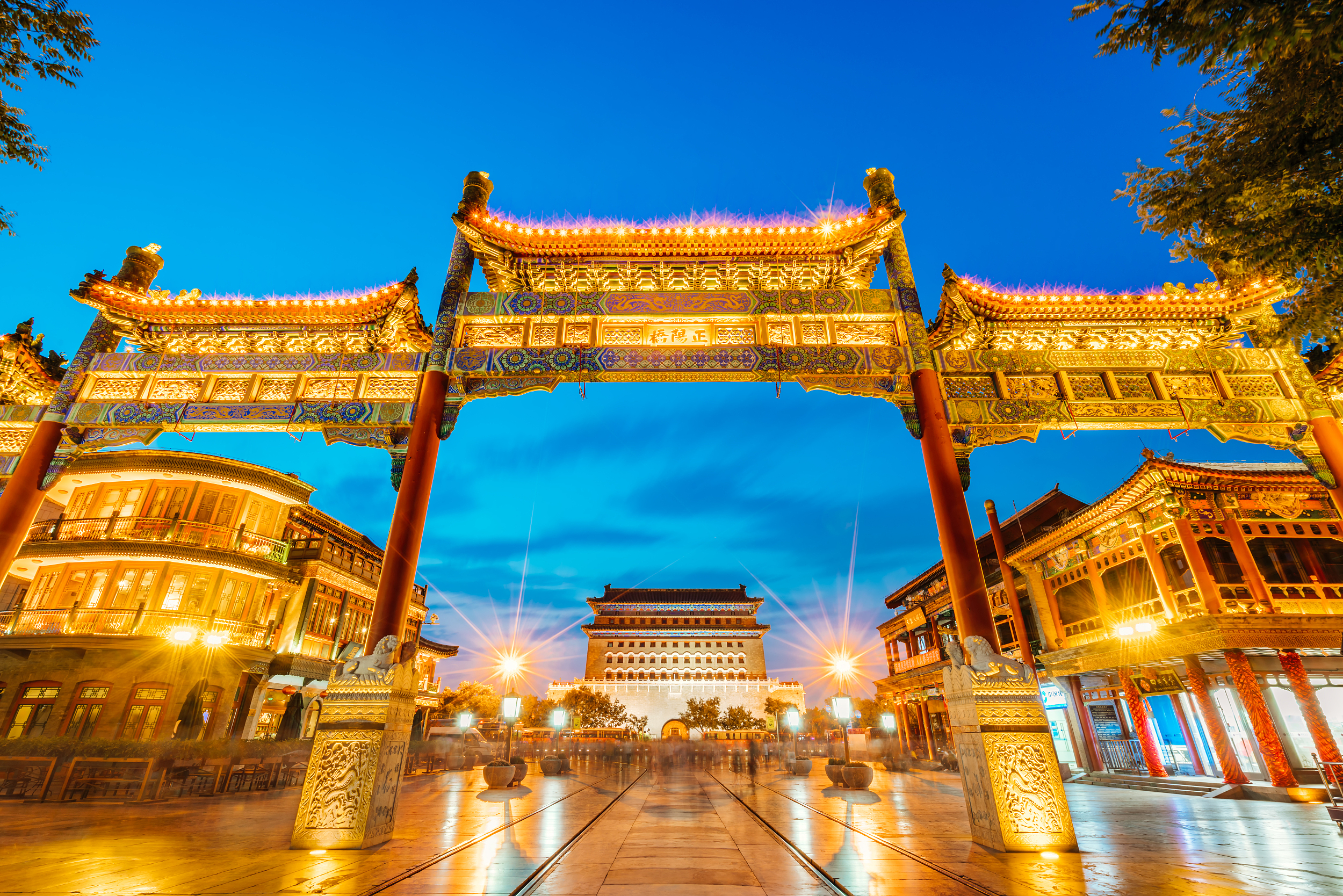
👗 Silk Market (Xiushui Street)
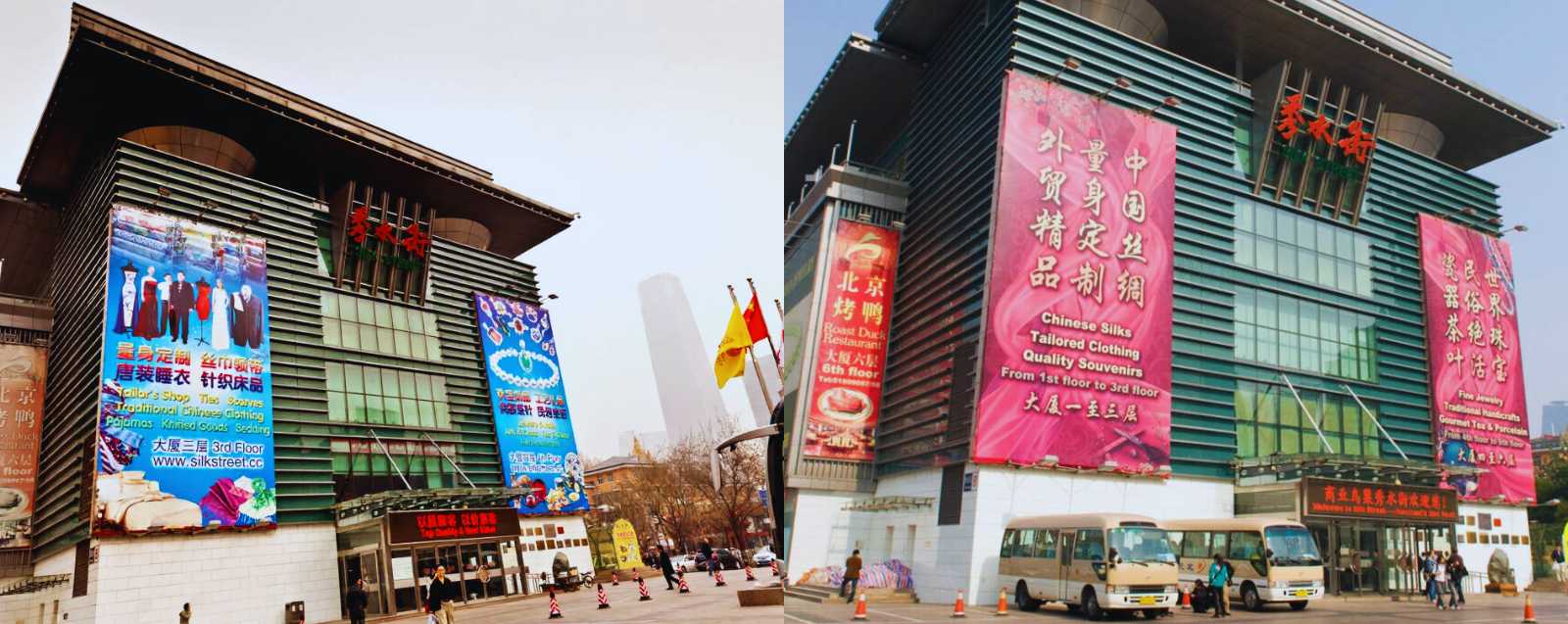
Beijing’s Silk Market is another classic. Here you’ll find silk scarves, clothing, made-to-measure suits, bags and souvenirs of every kind. And a word to the wise: the first price is almost never the real one. Haggling is part of the game and, to put it plainly, if you don’t negotiate, you’ll pay over the odds.
📍 Just a stone’s throw from the financial district, easily accessible by metro.
In short, it’s ideal if you want to shop cheaply in Beijing and don’t mind spending some time chatting and comparing stalls.
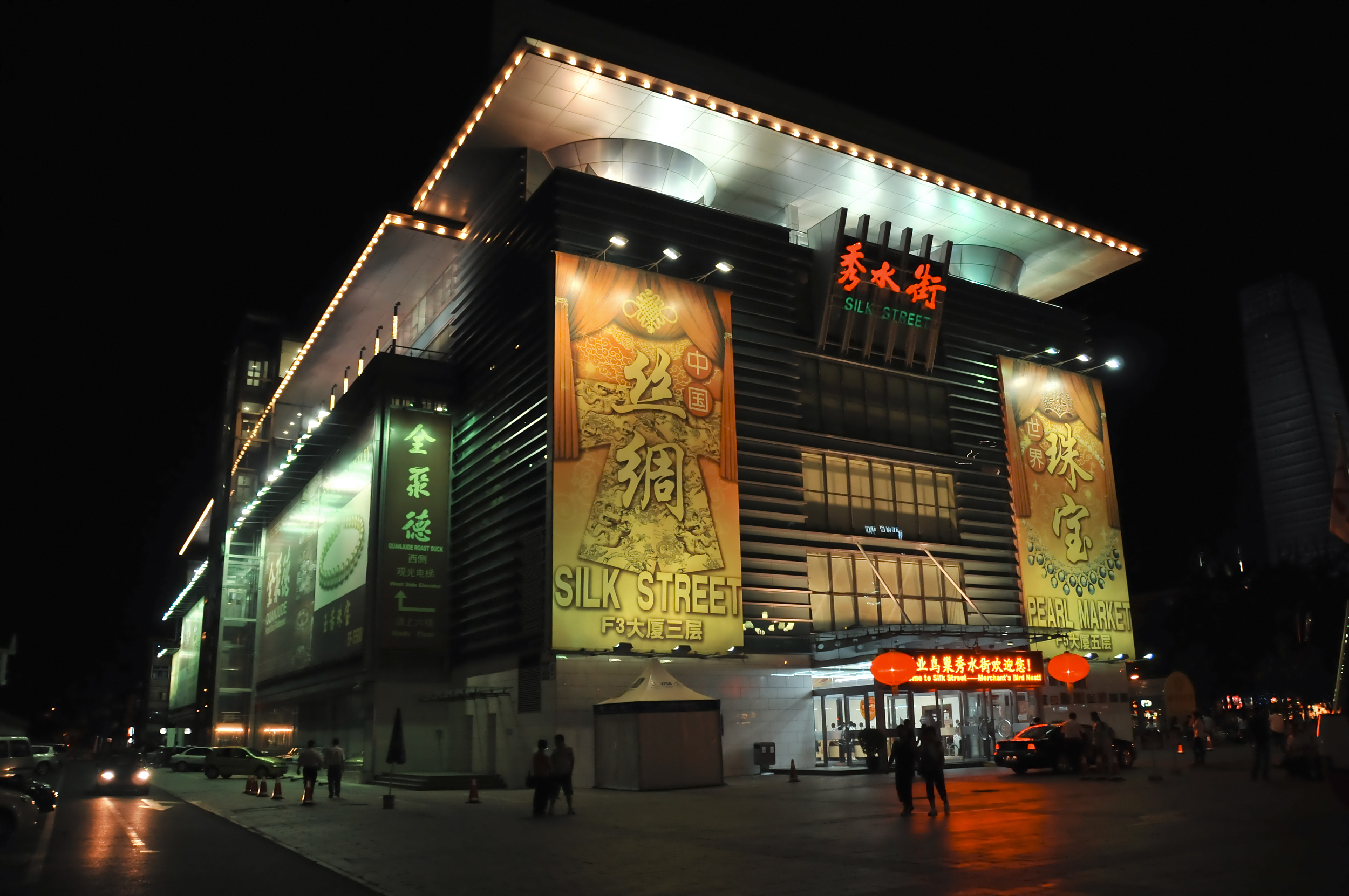
🏺 Panjiayuan
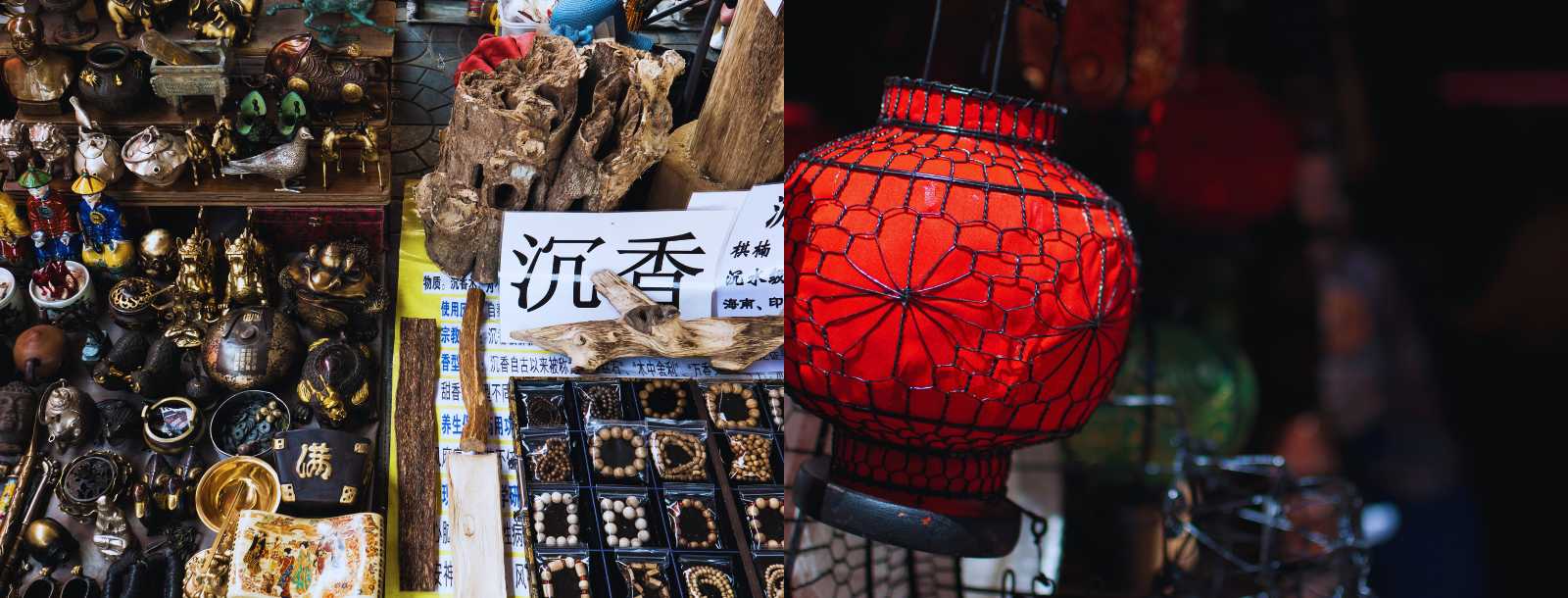
Panjiayuan is different. You don’t come here to shop in a hurry; you come to take your time and browse. There’s calligraphy, ceramics, small furniture, and many pieces that look antique. That said, it’s worth noting there’s a mix of genuine antiques and modern decorative items.
📍 It’s to the southeast of the city, a bit further from the centre.
Even so, the atmosphere is very authentic, and it’s one of Beijing’s most intriguing markets for shopping and seeing how local life unfolds.

🌆 Sanlitun
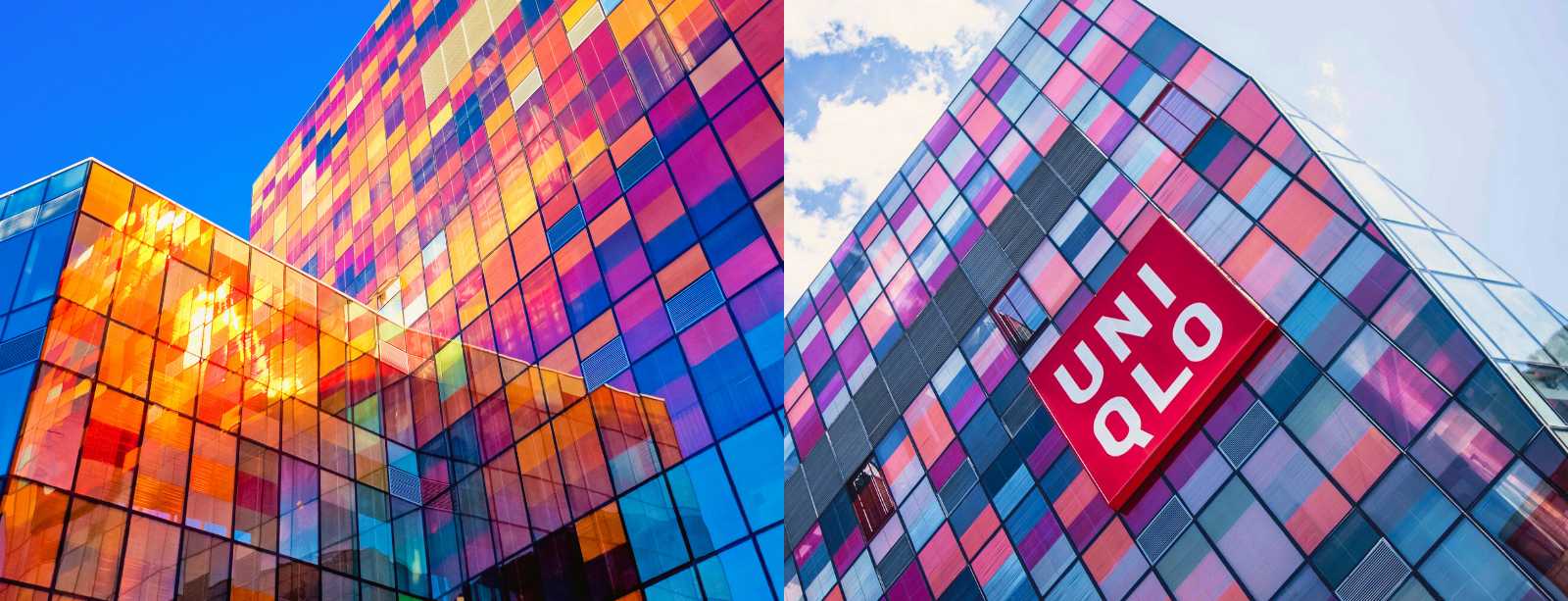
Finally, Sanlitun is a different story altogether. International fashion, contemporary design, technology and lifestyle converge in areas such as Sanlitun Taikoo Li. And that’s not all—you’ll find cafés, bars and terraces where you can combine shopping with a break.
📍 Located in the modern area, close to embassies and international neighbourhoods.
It’s not the cheapest area, but of course, if you’re after a more contemporary side to shopping in Beijing, this is where it’s at.
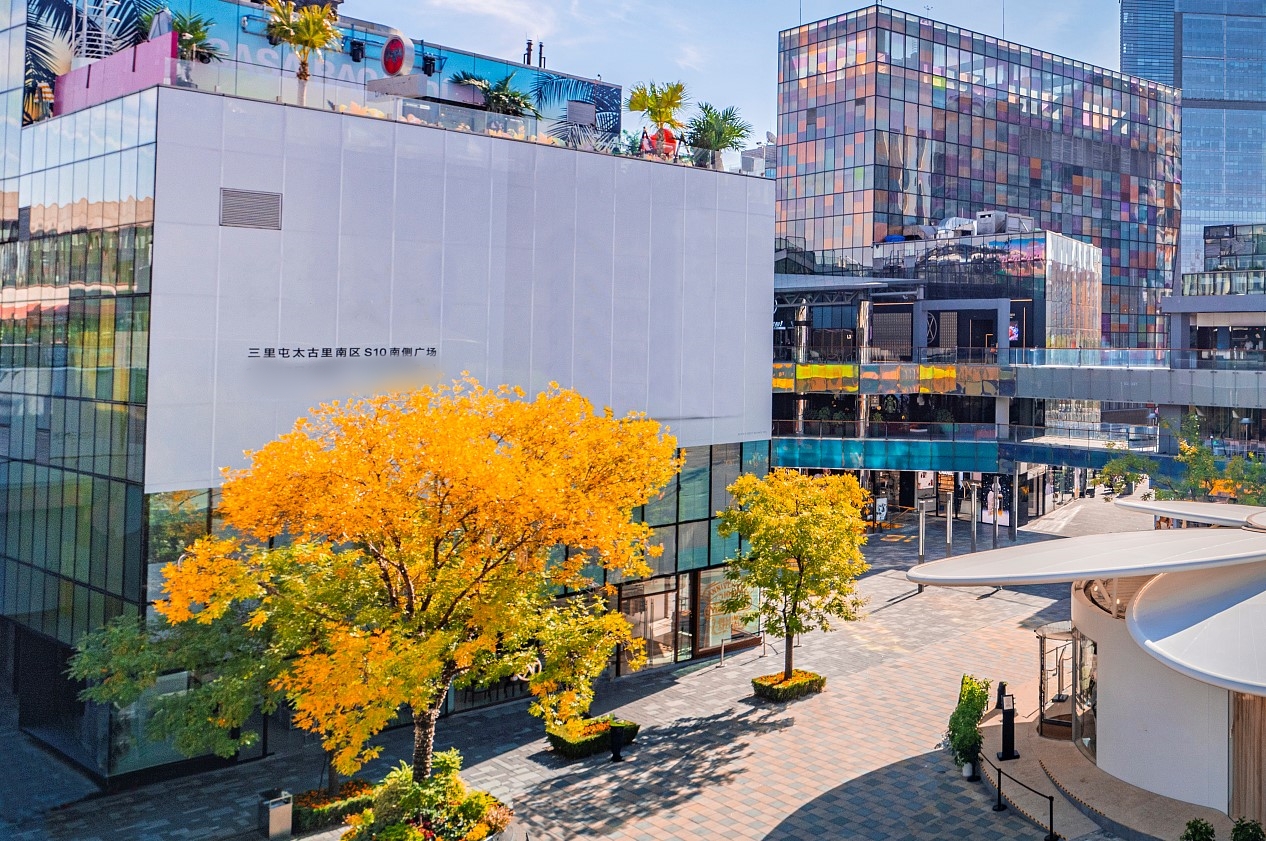
✅ Shopping Tips for Travellers in Beijing
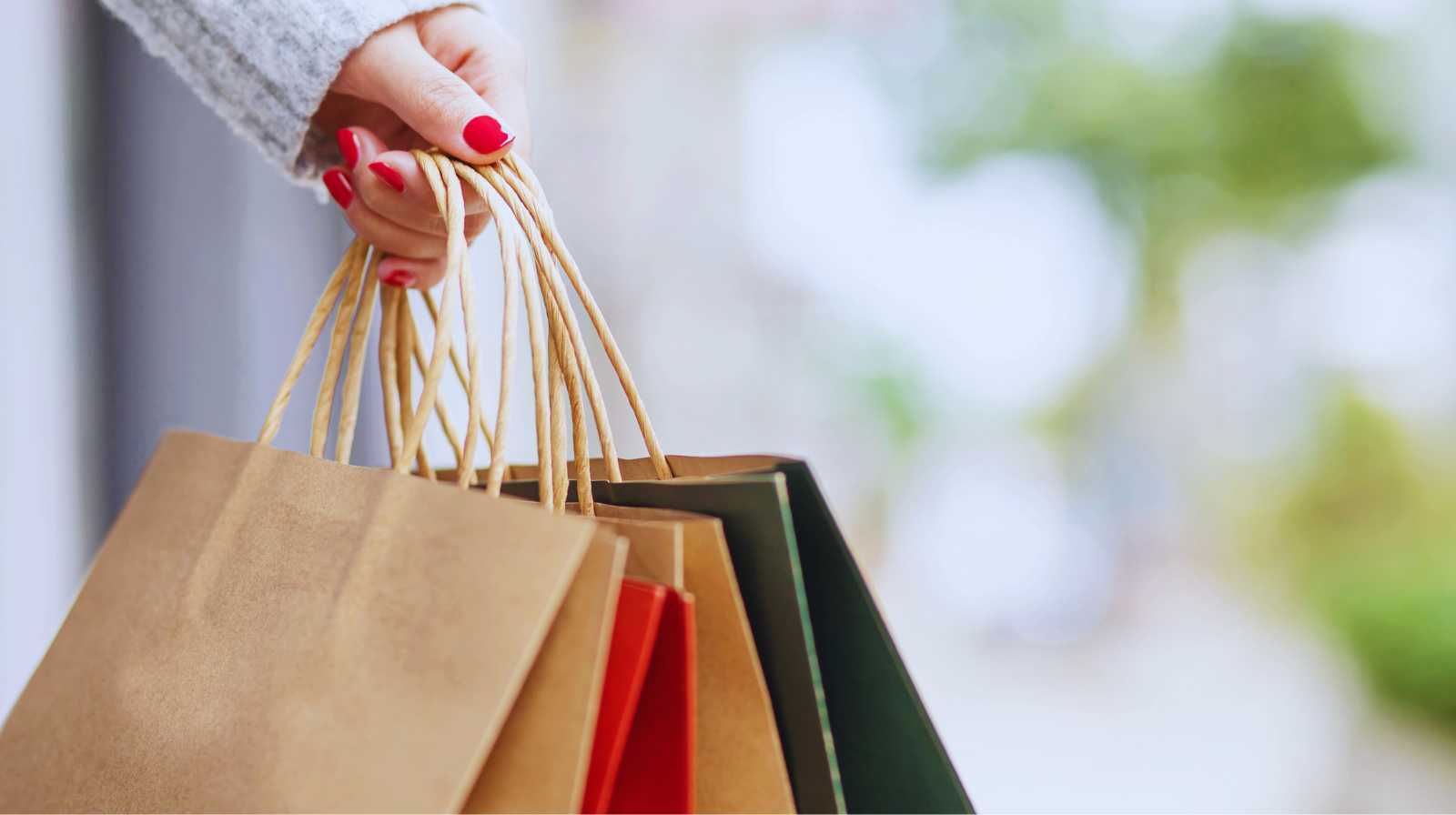
After traipsing through markets, shopping centres and the occasional quirky shop, it’s worth pausing for a moment to get your thoughts in order. The thing is, shopping in Beijing can be absolutely brilliant… or a little chaotic if you don’t go in with at least a basic plan.
So, to round things off, here’s a simple checklist that could save you from more than a few nasty surprises.
- Authenticity: as with anything, you need to be clear about what you’re buying. For example, if you’re after something authentic, ask, observe and compare. Not everything traditional is truly authentic, and that’s not necessarily a bad thing, but it’s worth knowing.
- Certificates (if applicable): keep an eye on this if you’re buying jade, quality silk or pricier pieces. In specialised shops, they’ll usually give you a certificate or explain the item’s origin.
- Packaging: here’s one thing to keep in mind—check how they pack it. Porcelain, ceramics or bottles need extra protection. And don’t worry, it’s perfectly fine to ask for more wrapping; they’re used to it.
- Shipping vs. suitcase: the thing is, some purchases weigh more or take up more space than they look. Consider whether it’s worth sending it home or putting it in your suitcase. From there, decide calmly and without rushing.
- Keep receipts: let’s be honest, they’re not always that useful, but in large stores or organised markets they can get you out of a tight spot if there’s a problem later.
❓ FAQ: What to Buy in Beijing
What are the best souvenirs to buy in Beijing?
Popular choices include silk products, Chinese tea, calligraphy on paper, traditional handicrafts, and small decorative items. Simple, well-chosen souvenirs are usually better than impulse buys.Where can I shop cheaply in Beijing?
Local markets are your best option for lower prices. The Silk Market, Panjiayuan Market, and neighbourhood markets outside the city centre are often cheaper than tourist streets.Is it OK to buy fake goods in Beijing?
It depends. Copies are common and some are good quality, but you should know what you are buying and avoid overpaying. Be careful when carrying them through airports.Which markets are worth visiting in Beijing?
Wangfujing is good for first-time visitors. Qianmen and Dashilan offer a more traditional feel. The Silk Market is popular for bargain shopping, while Panjiayuan is great for antiques and local vibes.What should I avoid bringing back from Beijing?
Avoid fragile items without proper packing, poorly sealed liquids, unlabelled food, or questionable “antiques”. Also check customs rules for restricted items before you travel.

 421535 booked
421535 booked